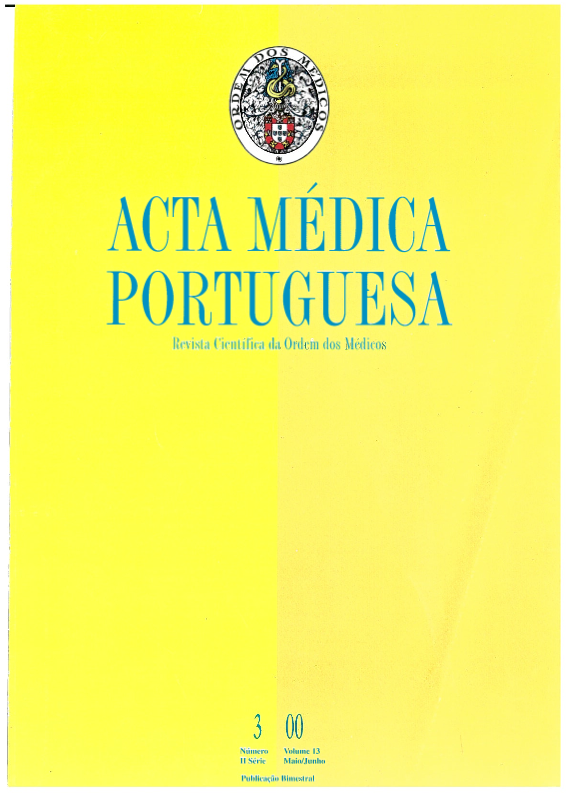Evaluation of microscopy methods for the diagnosis of bacterial vaginosis.
DOI:
https://doi.org/10.20344/amp.1778Abstract
The diagnosis of Bacterial Vaginosis has always been controversial. During many years, the laboratory diagnosis of this syndrome was based on the criteria of Amsel et al (1983). This includes many factors, such us aqueous vaginal discharge, positive KOH test and the presence of clue-cells in a wet mount or Gram stain. Lately, a new diagnostic method only based on laboratory findings was performed by Nugent et al (1991), which has the advantage of being more objective and rapid. It is also easy to be used in any laboratory or even in a doctor's room. In this study, we evaluated 74 Gram stained vaginal smears and compared both Amsel et al (1983) and Nugent et al (1991) methods. Bacterial Vaginosis was diagnosed in 28% by Amsel et al (1983) criteria and in 31% by the Nugent et al (1991) criteria. The latter method seems to have a higher efficacy in diagnosing Bacterial Vaginosis, although both techniques together diagnose a higher number of cases.Downloads
Downloads
How to Cite
Issue
Section
License
All the articles published in the AMP are open access and comply with the requirements of funding agencies or academic institutions. The AMP is governed by the terms of the Creative Commons ‘Attribution – Non-Commercial Use - (CC-BY-NC)’ license, regarding the use by third parties.
It is the author’s responsibility to obtain approval for the reproduction of figures, tables, etc. from other publications.
Upon acceptance of an article for publication, the authors will be asked to complete the ICMJE “Copyright Liability and Copyright Sharing Statement “(http://www.actamedicaportuguesa.com/info/AMP-NormasPublicacao.pdf) and the “Declaration of Potential Conflicts of Interest” (http:// www.icmje.org/conflicts-of-interest). An e-mail will be sent to the corresponding author to acknowledge receipt of the manuscript.
After publication, the authors are authorised to make their articles available in repositories of their institutions of origin, as long as they always mention where they were published and according to the Creative Commons license.









